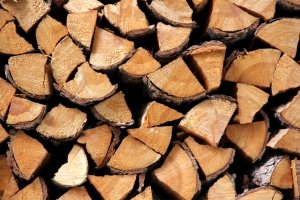
According to the government, the purpose of the policy is to encourage wood where practical and appropriate.
The debate over British Columbia’s Wood First Policy is currently heating up between industry leaders. The policy was implemented in 2009 here in BC requiring wood to be considered as the primary building material in all new publicly funded buildings. According to the government, the purpose of the policy is to encourage wood where practical and appropriate.
However, many in the concrete and steel industry are opposed to such a policy, believing the government is giving one material preference over the other, which isn’t supportive of fair marketplace competition.
The premise of the policy is to bolster BC’s forest industry in the province and highlight its presence internationally for everyone to see. The BC government also believes that the environmental footprint using wood has – replanting a tree for everyone chopped down – is a sustainable practice. Yes, wood is a renewable resource, emits less pollution to the air and water, contribute lower amounts of C02 to the atmosphere, and is easily disposed and recycled.
Concrete on the other hand does have issues with production; it isn’t a renewable source, like lumber, and creates CO2 and dust emissions. Concrete also uses a lot of energy to be made and does need a large amount of water in the mix designs. However, the benefits certainly outweigh the negatives in that concrete has high thermal mass, meaning it slows the passage of hot or cold, and the amount of heat it can store is relatively high. Thick concrete walls help to keep your house warmer in the winter and cooler in the summer. Concrete also allows you to increase your natural light with more windows, which saves on energy use.
However, the most important aspect of concrete over wood is its durability. The act of building, repairing, tearing down, and finally, rebuilding puts enormous strain on the environment and our natural resources. In this regard, wood falls far behind concrete. With buildings soaring ever higher in order to adequately serve a growing population in British Columbia, as well as around the world, building with materials with the most durability is more important now than ever before.
To ensure concrete lasts the sands of time, it must be waterproofed properly to ensure durability standards are met. Kryton’s Krystol Internal Membrane (KIM) admixture can be used to make the concrete a waterproof barrier, ensuring a watertight seal. Water deterioration is the leading cause of structural failure in concrete structures, which means waterproofing our concrete is vital in paving the way for durability, and finally, sustainability.
The reality is, as has been stated before by many, the only way to stop all environmental harm to the planet is to not build at all. However, this is not feasible. What we must instead do is build our structures as wisely as possible, using the most durable products available ensuring the longest life spans possible.
The wood first policy BC is currently implementing is great for the lumber industry; however, when we are looking for sustainable building, especially the demands in the large cities that we have in the lower mainland, and growing cities throughout the province, sustainable building must be top of mind, and wood just can’t compete with the benefits concrete has.




